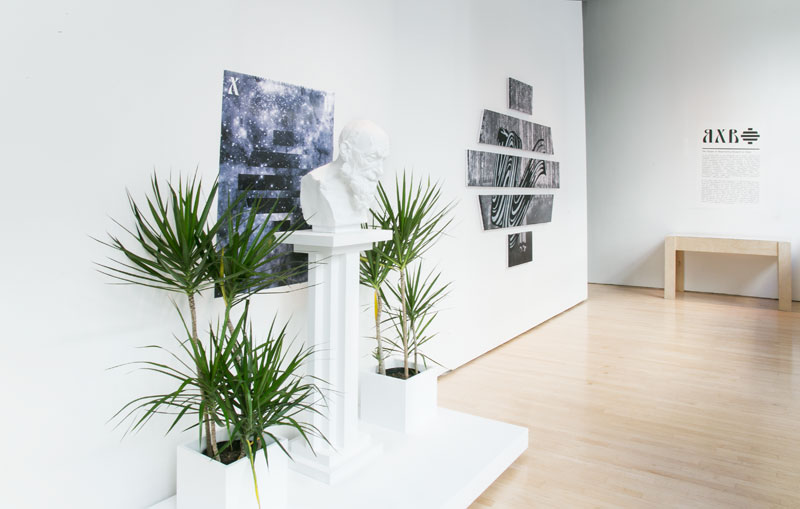On Survivors, Translation and Their Next: A Conversation Between Walid Sadek and Nadia Bou Ali
Much like Sadek’s other interventions since the proclaimed end of the Lebanese “civil war,” his allegorical sensibility throughout this interview inhabits the unnerving proximity of transitoriness and eternity. One of the fundamental questions raised by Sadek is the specific nature of an openness to a world struck by the historical violence and structural dislocations of capitalist modernity. This is because sectarianism – another of Sadek’s key themes – is both a symptom of capitalist relations and something from which the figure of the survivor emerges; sectarianism is imbued with guilt-saturated relations in the face of guiltless commodity relations that have … Read more





